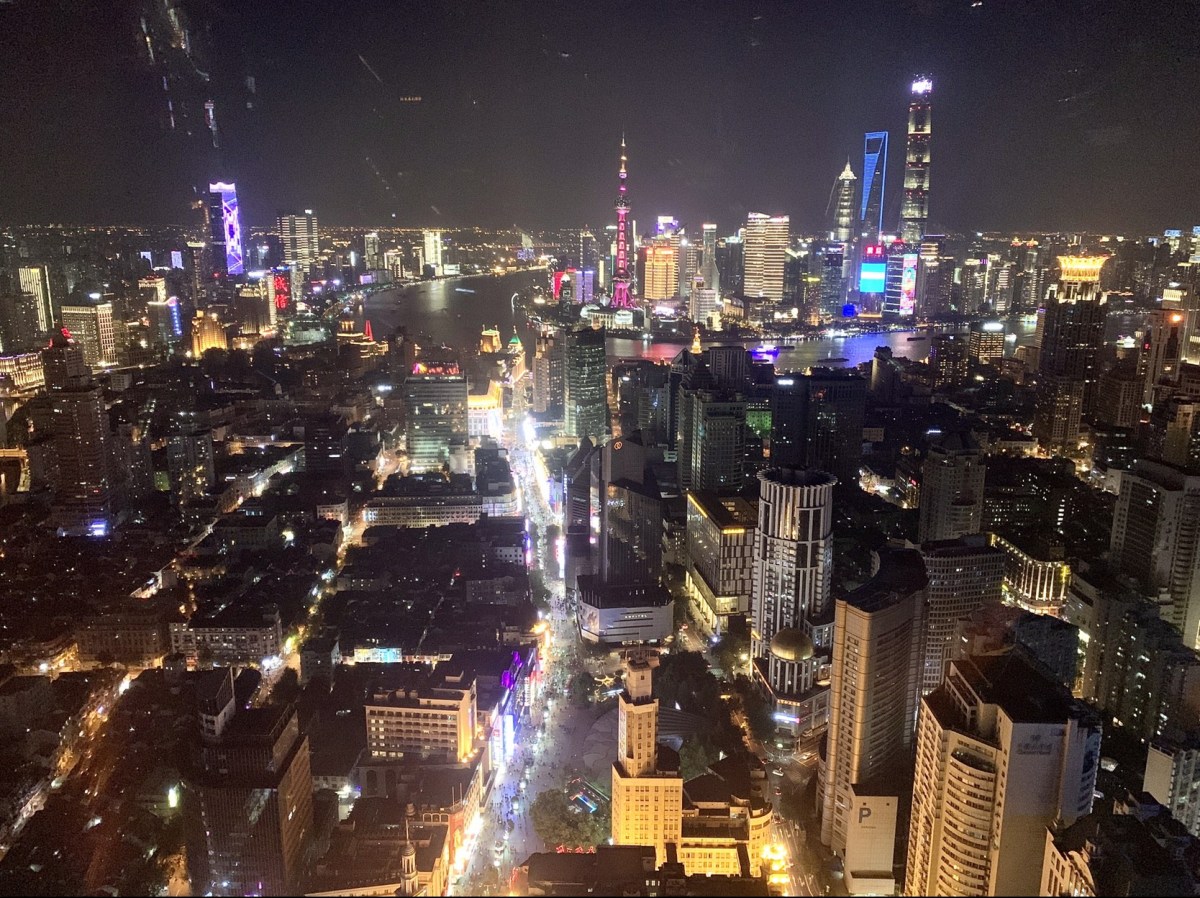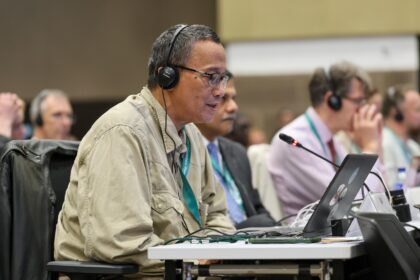[ad_1]
China’s sprawling mega-cities could get even bigger as authorities prepare to consider scrapping current hard regulatory limits on their sizes and populations.
Initial steps in that direction could be taken when delegates of China’s parliament and top political advisory agency gather in Beijing for this year’s plenary sessions, which start on Thursday.
Months before the annual political ritual, deputies of the Chinese People’s Political Consultative Conference (CPPCC) flew into Beijing and attended a brainstorming session convened by President Xi Jinping.
Professor Lu Ming, of Shanghai Jiaotong University and a member of the CPPCC’s Shanghai Committee, was among the public affairs experts invited by Xi to give policy recommendations on urbanization during the retreat inside Zhongnanhai. Â
Lu, a Harvard-educated economist who also worked at the World Bank and Asia Development Bank, said he advised Xi that rigorous rules on the management of big Chinese cities should be amended or abolished due to misconceptions on the need to lock down and limit the growth of megacities.Â
“I told President Xi that China’s urbanization rate of about 40% lagged the average of other major developing countries whose per capita GDP is also in the same band of about US$10,000 and that to further fire up the economy in the post-Covid era, more policy loosening is essential to allow untrammeled flow of people and investments to places where better value can be created, like to big cities,†Lu said on his blog.
His policy paper contained proposals ranging from maximizing land supply in cities to scrapping household registration for migrants from rural areas.Â
Lu also told news magazine South Reviews that he would table a motion during the upcoming CPPCC meeting in Beijing to nurture the expansion of key cities and satellite towns in urban conurbations, focusing on Shanghai and its environs in the Yangtze River Delta as well as the Greater Bay Area in Guangdong province that pools Guangzhou and Shenzhen.Â
He said the CPPCC secretariat had already included his proposals in this year’s draft resolution to be discussed by all members and that the National People Congress, the top legislative body, may also pass a bill for the State Council to follow through.Â
A research assistant of Lu who helped prepared the report to Xi told Asia Times the top leader said at the year-end meeting that China would graduate to the class of developed powers within ten years and that a handful of metropolises must be reconfigured as key dynamos for further growth.Â
Lu’s assistant said that Xi was surprised to learn at the meeting that despite being China’s largest urban economy with 2020’s GDP hitting 3.87 trillion yuan (US$599.2 billion), Shanghai’s share of annual economic output in the total Yangtze River Delta, which also takes in affluent cities in nearby Zhejiang and Jiangsu provinces, was on the wane in recent years. Xi was Shanghai’s party chief before he became vice president in 2007. Â
“If the economic clout of Shanghai declines, then its contribution to the central government’s coffers and the Chinese economy will also suffer†read a summary of the report that Lu submitted to Xi that was reviewed by Asia Times.
“Imposing land supply and population inflow restrictions on Shanghai and other key cities are choking their development and run counter to the central leadership’s insistence on speeding up urbanization.Â
“Whether land supply, in particular the inadequate plots created or rezoned for new residential developments within Shanghai’s city limits, should be increased when more people flow to the city?†Lu asked in his report.Â
“And with more migrant workers and college graduates making a beeline for Shanghai, Beijing, Guangzhou and Shenzhen, should the central government make it easier for them to take up residence in cities where they work and pay taxes?â€
Li Tie, a former Xinhua business reporter and a Shanghai-based financial commentator, told Asia Times that Lu’s invitation to attend Xi’s brainstorming could be a sign of the leader’s endorsement of related policy proposals.Â
He said options to loosen expansion restrictions for key cities while tackling all their attendant problems, like housing woes and pressure on healthcare and other public services, would be trending topics for the thousands of NPC and CPPCC representatives when they discuss policies for 2021 and beyond.Â
He claimed plans to gradually scrap household registration requirements for suburban districts of key cities to take in new migrants and lower thresholds to convert non-agricultural land for residential and commercial use had already been drafted for Xi and other top leaders to sign off on. Policymakers will thrash out the details during the upcoming congresses, he claimed.Â
Earlier this month, Shanghai announced aggressive new plans to fast-track land creation and build six new towns in suburban districts, including those that surround the Disneyland resort and Tesla’s China plant, to house more people and businesses to complement its core downtown areas. Â
That said, representatives from China’s healthcare sector and other public health experts may find risks lurking with the plan for bigger cities.
Gao Fu, chief of China’s CDC and also an NPC deputy, recently told Xinhua that the urban sprawl of big cities could be a hotbed for future epidemics and that town planners and officials must rethink their strategy to place more space between homes, floors and blocks.Â
Li said he would expect hot debate on urbanization when people like Lu make a case for bigger cities while Gao stresses the need to draw on lessons from urban management to fend off future health crises. Still, he said with Covid receding in China, top leaders will likely once again prioritize economic growth over public health issues.Â
[ad_2]
Source link













